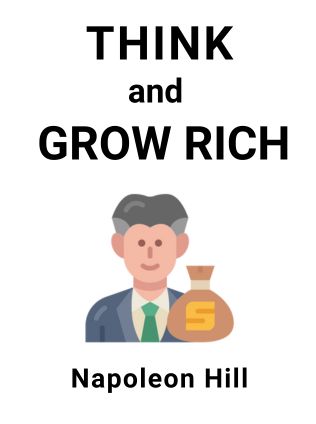
The Critical Few
Energize Your Company’s Culture by Choosing What Really Matters
By Jon R. Katzenbach,
Published 01/2019
About the Author
Jon Katzenbach is a recognized expert in organizational performance, collaboration, corporate governance, culture challenges, and employee motivation. He is the founder of the Katzenbach Center at Strategy&, PwC’s strategy consulting business. James Thomas is a partner with PwC’s Strategy& based in Dubai, United Arab Emirates, and leads the Katzenbach Center in the Middle East. Gretchen Anderson is a director at the Katzenbach Center, where she works with client teams across the globe operating at the intersection of strategy and organizational performance.
Main Idea
"The Critical Few: Energize Your Company’s Culture by Choosing What Really Matters" by Jon Katzenbach, James Thomas, and Gretchen Anderson identifies the three most critical cultural elements leaders need to focus on: traits, keystone behaviors, and authentic informal leaders (AILs). By leveraging these elements, leaders can tap into a source of catalytic change within their organization, making an emotional and rational commitment to new initiatives, thereby eliciting enthusiasm, creativity, and building a powerful company recognized for its value and effectiveness.
Table of Contents
- Introduction
- Why Aligning Culture Matters
- Why Cultural Alignment Is Tricky
- The Three Critical Cultural Elements
- Finding and Cultivating Traits
- Keystone Behaviors
- Authentic Informal Leaders (AILs)
- Measuring Cultural Action
- Conclusion
Introduction
Change is challenging, and its success often hinges on how leaders engage with their organizational culture. Culture, being implicit and emotional rather than explicit and rational, is both powerful and difficult to manage. This book emphasizes that leaders must focus on traits, keystone behaviors, and authentic informal leaders to mobilize lasting change.
"The fate of any change effort depends on whether and how leaders engage their culture." - Jon Katzenbach
Why Aligning Culture Matters
Every organization has a unique cultural situation, but all share a commonality: the need to engage their culture for meaningful change. Ignoring or misaligning culture reduces the likelihood of achieving strategic goals. Culture encompasses deeply held attitudes, entrenched habits, repeated behaviors, latent emotions, and collective perceptions. It is the shared set of assumptions brought to work, making it crucial for organizational success.
"Eighty percent of respondents to the Katzenbach Center global survey on culture believe that their organization must evolve to succeed, grow, and retain the best people." - Jon Katzenbach
Why Cultural Alignment Is Tricky
Organizations have both an overarching culture and divergent subcultures, creating complexity. While leaders are trained to recognize misalignment between strategy and operating models, cultural forces are harder to address as they are emotional rather than rational. Understanding employees' emotional connections and what they feel strongly about, both positively and negatively, provides "cultural insight," a crucial step towards effective cultural action.
Sign up for FREE and get access to 1,400+ books summaries.
You May Also Like
The Subtle Art of Not Giving a F*ck
A Counterintuitive Approach to Living a Good Life
By Mark MansonThe Lean Startup
How Today's Entrepreneurs Use Continuous Innovation to Create Radically Successful Businesses
By Eric RiesWho Moved My Cheese?
An Amazing Way to Deal with Change in Your Work and in Your Life
By Spencer Johnson, M.D.You Are A Badass
How to Stop Doubting Your Greatness and Start Living an Awesome Life
By Jen SinceroDaring Greatly
How the Courage to Be Vulnerable Transforms the Way We Live, Love, Parent, and Lead
By Brené Brown



















